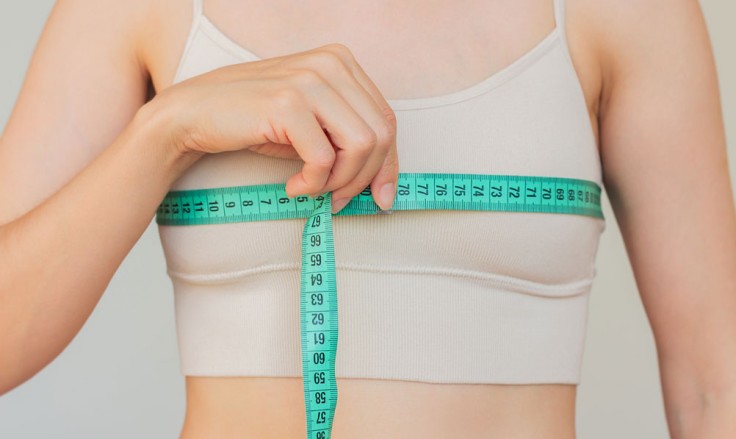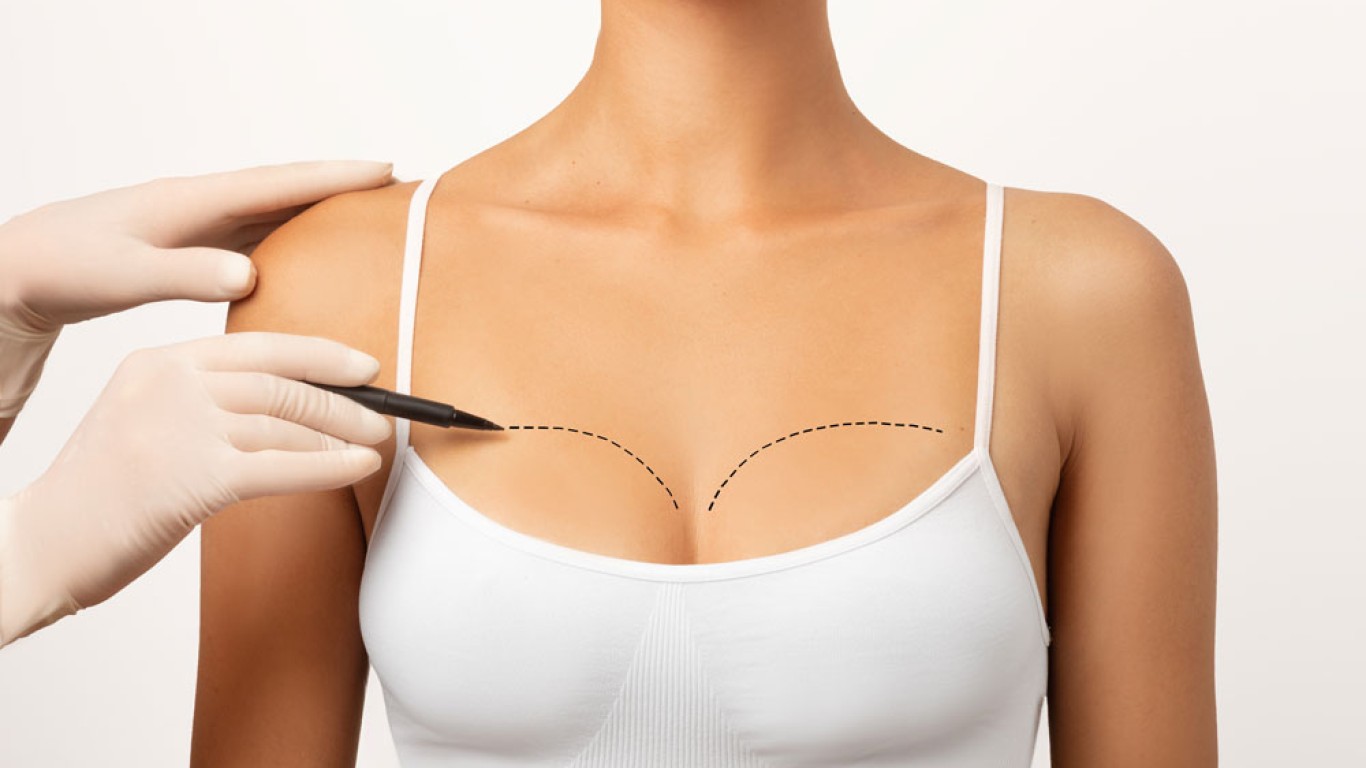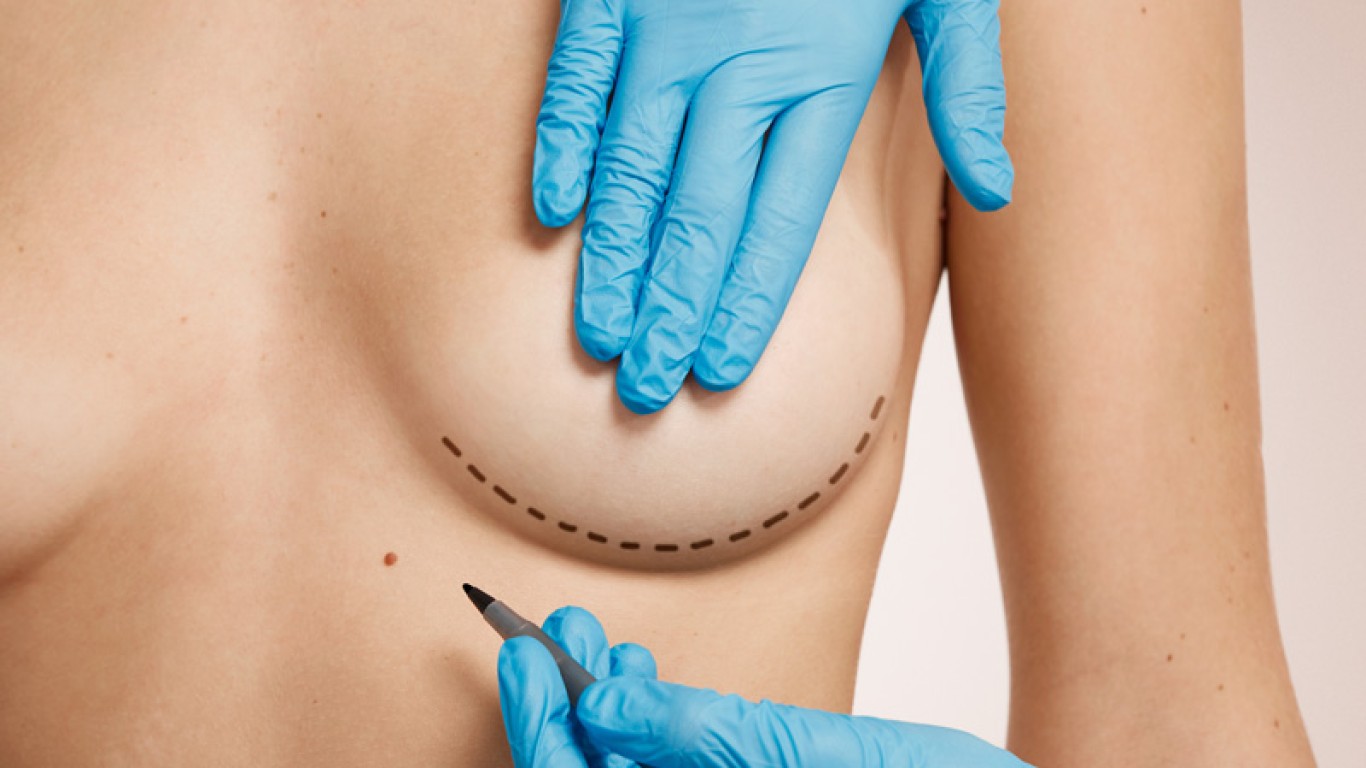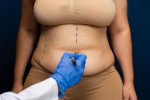Breast fat transfer is becoming a popular option for women seeking natural enhancement without implants. Unlike traditional augmentation, this technique uses your own fat for a softer, more natural feel. But what happens after five years? In this article, we explore what to expect from breast fat transfer after 5 years. Including results, maintenance and overall changes.
What Is Breast Fat Transfer?
Breast fat transfer involves liposuction to remove fat from areas like the thighs or abdomen. This fat is then purified and injected into the breasts. The goal is to enhance volume and improve shape naturally. Since it uses your body’s own tissue, it avoids the potential complications linked to implants. Additionally, it offers the added benefit of contouring the donor area.
How Long Do Breast Fat Transfer Results Last?
Results from breast fat transfer are generally long-lasting. However, not all the transferred fat survives. Typically, about 60-80% of the fat remains after the first few months. Once this stabilises, the remaining fat cells continue to live naturally within the breast tissue. After five years, many women still enjoy fuller, natural-looking breasts. Especially if they maintain a stable weight.
What Changes Can You Expect After 5 Years?
After five years, your breast fat transfer results may evolve subtly. Ageing, hormonal changes and weight fluctuations can impact the shape and size. Some women might notice slight volume loss or changes in firmness. Nonetheless, many patients report satisfaction with the natural shape and soft feel even years later. Periodic reviews with your surgeon help monitor these changes.
Does Weight Gain or Loss Affect Results?
Yes, your weight can influence the results significantly. Since the procedure uses living fat cells, weight gain may increase breast size while weight loss might reduce volume. For the best long-term results, maintaining a stable weight is crucial. Additionally, a healthy lifestyle supports overall skin quality and breast shape, helping you enjoy your results for longer.
Will You Need Additional Procedures?
Some patients choose to have touch-up procedures to maintain or enhance volume. If fat loss is significant or if further shaping is desired, a second transfer might be recommended. However, many women find a single session sufficient even after several years. Your surgeon will advise based on your goals and how your body has changed over time.
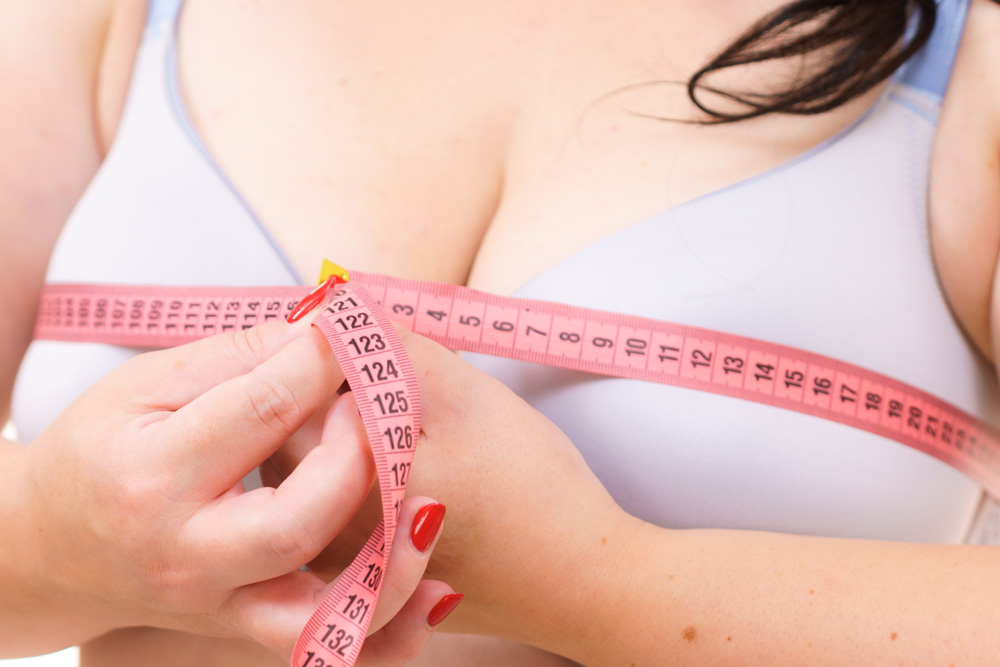
Breast Fat Transfer vs Implants Over Time
When comparing fat transfer to implants, longevity and maintenance are often key topics. Implants may require replacement after 10-15 years, while fat transfer doesn’t involve foreign objects. However, implants provide more dramatic volume, which some patients prefer. Fat transfer offers a more natural shape but may have subtler size changes over time. Both options have unique benefits depending on personal goals.
Are There Any Long-Term Risks?
Overall, breast fat transfer is considered safe when performed by an experienced surgeon. However, over time, some fat may calcify, creating lumps. Regular breast examinations and imaging help monitor these changes. These calcifications are usually harmless but should be assessed to rule out other issues. Keeping regular follow-ups ensures early detection and peace of mind.
How to Maintain Your Results
Maintaining your breast fat transfer results involves healthy habits. Eating a balanced diet and avoiding drastic weight changes are essential. Exercise supports overall body shape and skin tone. Additionally, wearing supportive bras can help maintain lift and contour. By caring for your body, you help preserve your breast shape and enjoy lasting confidence in your appearance.
Who Is an Ideal Candidate for Breast Fat Transfer?
Ideal candidates are women looking for modest breast enhancement and who have enough donor fat. You should also have realistic expectations and be in good overall health. Those wanting a subtle, natural improvement rather than a dramatic size change often find this procedure appealing. A detailed consultation will help determine if this option matches your long-term aesthetic goals.
Benefits After Five Years
One of the most significant benefits after five years is the natural look and feel. Unlike implants, fat feels soft and moves naturally with the body. Additionally, the dual benefits of body contouring and breast enhancement continue to please patients. The lack of foreign materials means there’s less risk of complications like rupture or capsular contracture.
Psychological and Emotional Impact
Feeling confident in your body can have a profound effect on self-esteem and daily life. Many women report long-term satisfaction and increased confidence after breast fat transfer. The procedure’s natural approach often aligns with personal values, supporting a more positive body image even years later. Emotional well-being is an important part of the overall outcome.
Conclusion
Breast fat transfer after five years can still provide beautiful, natural results when maintained properly. Understanding how your body might change, maintaining a stable weight and following your surgeon’s advice help ensure lasting satisfaction. If you desire a subtle, natural breast enhancement that evolves gracefully with time, breast fat transfer is an excellent option.
For more information on breast fat transfer and to book a consultation visit the ACIBADEM Beauty Center Breast Augmentation webpage.
Frequently Asked Questions
Final results usually appear within six months as swelling subsides and fat stabilises.
Yes, many patients combine it with other body contouring surgeries for a comprehensive transformation.
Some patients choose touch-ups to maintain volume, but they aren’t always necessary.
It depends on your goals. Fat transfer offers natural results, while implants provide more volume.
Yes, breasts generally retain a natural shape and feel, even several years post-procedure.
